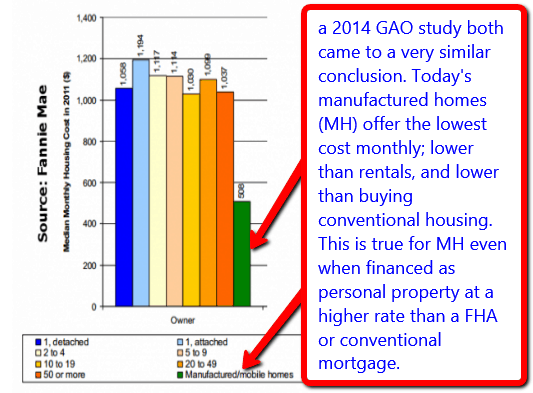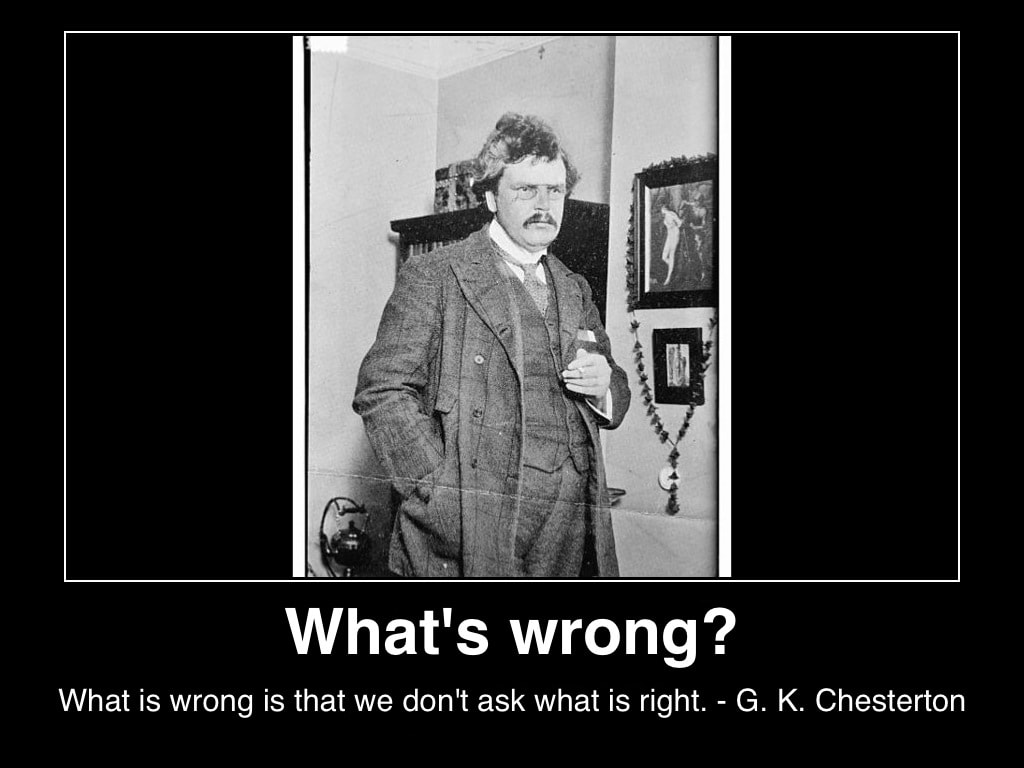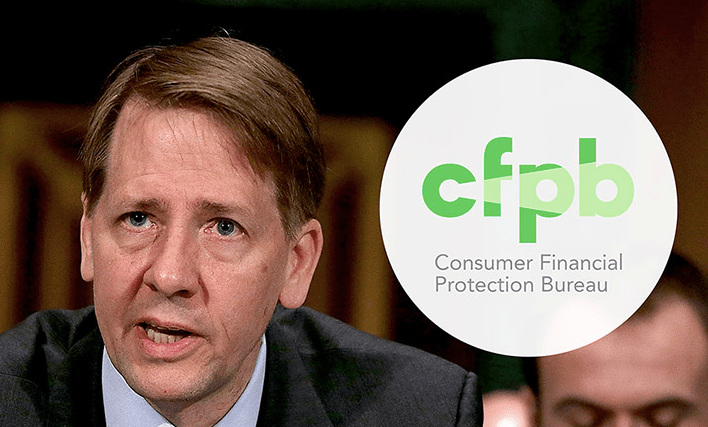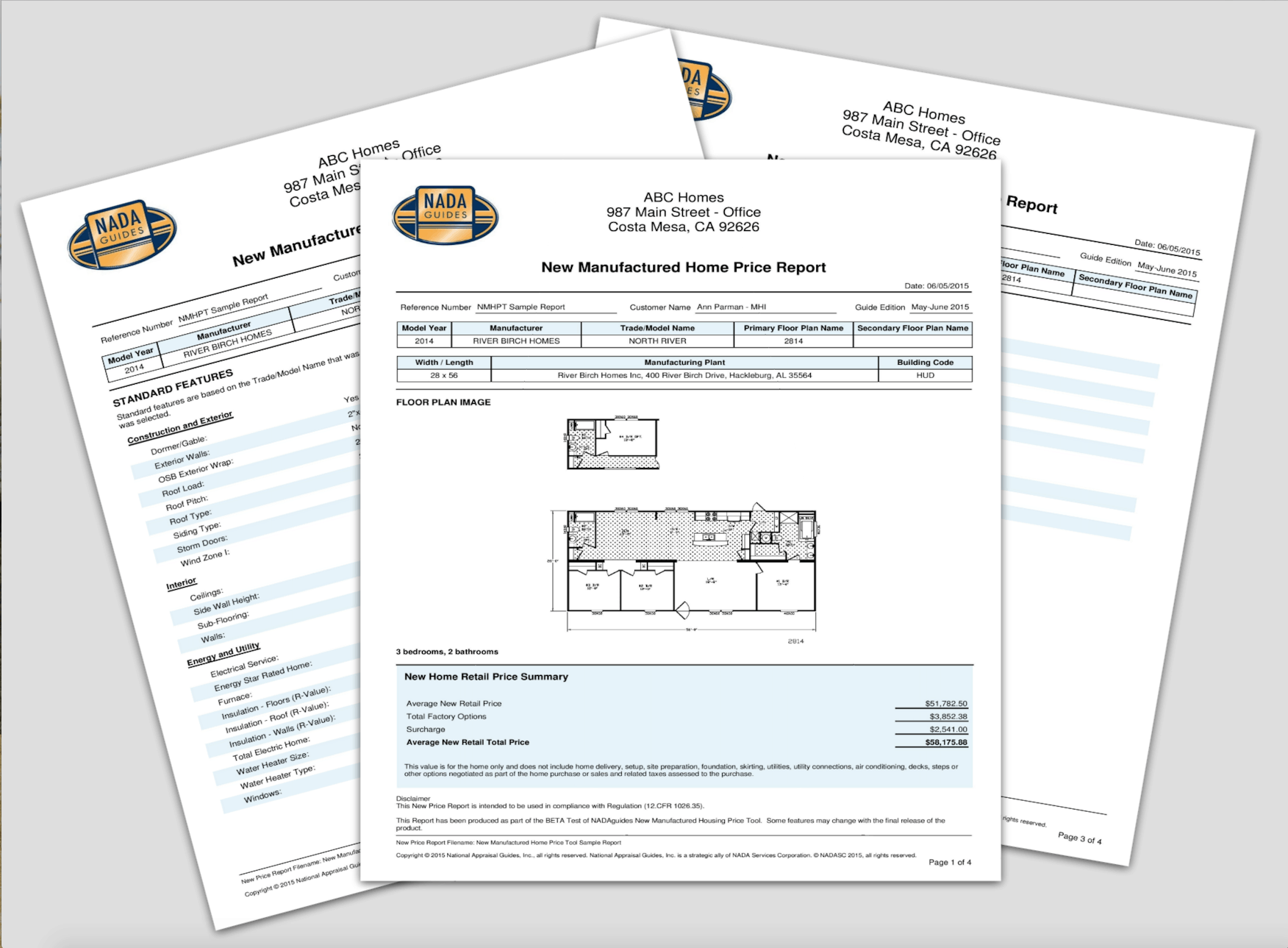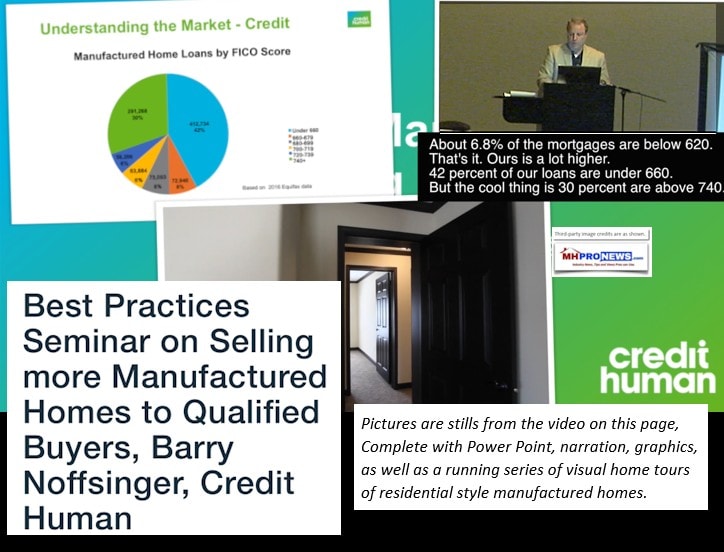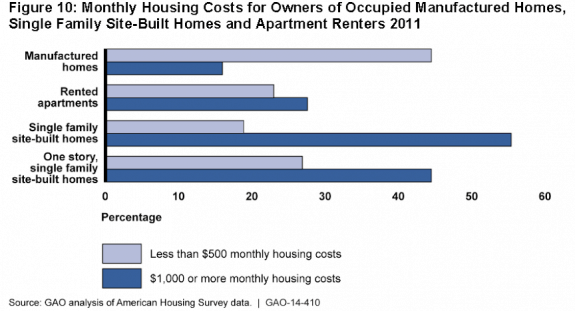(Editor’s Note: This article was originally published in Manufactured Home MERCHANDISER ~ August 1990 Edition. Consider how the points made then may also apply today.)
Parity: Equivalent/like in quality, nature or status.
Equivalent: Corresponding or virtually identical, especially in effect or function.
Achieving parity in land use, regulations and financing has been and continues to be a high priority for the manufactured housing industry.
Given the potential for market expansion, the drive for parity deserves focused thought and a significant share of the industry’s energies.
The tendency to view parity simply as “equal treatment” has led many to believe it should be automatically granted, specifically in the areas of land use and financing.
However, when the concept of equivalency is introduced, parity begins to require performance, especially in “effect of function”. It is the equivalency part of the parity definition that has made the road to parity a demanding road without short cuts.
In my judgment, there are four essential segments, each dependent upon the others, required to make parity a reality for manufactured housing:
-
Parity in taxation.
-
Parity in product, design and quality.
-
Parity in land-use regulations.
-
Parity in financing.
In the industry’s drive to achieve parity, the first requirement is to realize that parity requires give and take on both sides of the equation. If we want parity in land use regulations, we must be prepared to give parity in effect or functions.
A review of the steps taken by the manufactured housing industry in California on its road to parity demonstrates the give and take required to secure a level playing field and the opportunity for market expansion.
Parity in taxation
Essential to laying the foundation for land use reform is ensuring equivalency in taxation. Manufactured homes are now taxed as real property by local governments rather than as personal property by the State Department of Motor Vehicles. This reform has eliminated the argument used by local government officials that manufactured home owners “don’t pay their fair share.” Additionally, taxing manufactured homes as real property means that taxation policies no longer assume an automatic depreciation in value.
Taxation reform and effect
In 1979, state law provided for taxation of manufactured homes installed on permanent foundations as real property. Sales taxes on real property manufactured homes were
reduced.
State law also provided for local property taxation of all new manufactured homes sold after July 1, 1980.
In 1980, registration, titling and taxation functions for manufactured housing were transferred from the State Department of Motor Vehicles to the State Department of Housing and Community Development.
In 1981, the Manufactured Home Escrow Law was amended for more consistency with real property escrows.
As a result of parity in taxation, local and state government officials were willing to consider parity in other areas. Their first concern centered on quality and compatibility.
Parity in product, design and quality
The manufactured housing industry, especially over the past decade, has developed homes and communities that blend the best style, amenities and quality into a price that is affordable in comparison to site-built housing.
Parity with site-built housing
is now an accomplished fact. In an ever increasing number of examples, manufactured housing now outperforms site-built housing:
• Manufactured home quality is backed by the shelter industry’s most exhaustive and reliable inspection system and consumer warranty program.
• Every manufactured home is inspected by federally-certified agents.
• “Developer Series” manufactured homes are specifically designed to be sited in subdivisions and planned unit developments.
• Both land-lease and real property manufactured housing developments are being
designed with the ambiance of traditional residential communities.
Product, design, quality advances
In 1958, California adopted the nation’s first statewide health and safety standard for manufactured homes. In 1969, California adopted the nation’s first factory-built housing
law, combining the benefits of factory production and transportability with construction according to conventional housing standards.
In 1971, state manufactured home standards were expanded to cover structural design and fire safety.
In 1976, the preemptive National Manufactured Home Construction and Safety Standards became effective. From 1980 to 1990, the industry has responded to new laws allowing the integration of manufactured homes in single-family neighborhoods with a variety of new design features:
• Recessed foundation systems. • Conventional roof pitches.
• Homes capable of accepting
attached garages.
• Redesigned facades and exterior
treatments,
• Introduction of “Developer Series” homes specifically designed for subdivisions and new planning concepts in land-lease communities.
Given parity in taxation, product quality and compatibility, industry leaders and local and state government officials were ready to take the next step on the road to parity by jointly developing land use and zoning reform.
Parity in land use
Central to the issue of land-use parity is the requirement that manufactured housing be “equivalent in effect and function.”
In “effect”, manufactured housing must carry its fair share of the tax burden and must meet all reasonable siting requirements (set-backs, foundation systems, etc.) and permit procedures.
With a commitment to the parameters established by the need for equivalency, the journey toward land use reform and non-discriminatory zoning was begun.
Land use parity chronology In 1961, the Mobile Home Parks Act established a statewide preemptive development standard for communities.
In 1979, a state law allowed manufactured homes to be sited on a permanent foundation system outside manufactured home communities.
In 1980, a state law limited local governments from applying development standards that prohibit the siting of manufactured homes on single-family sites. A manufactured home land-lease community is permitted land use on land planned and zoned for residential use. The law includes planned unit development, condominiums, cooperatives and rental communities.
In 1984, a state law permitted manufactured homes in land- lease communities to be placed on permanent foundations.
In 1987, a state law prohibited the enforcement of conditions, covenants and restrictions adopted on or after January 1, 1988, to ban manufactured homes on single-family sites.
In 1988, a state law required cities and counties to permit manufactured homes on all single-family sites. This law also prohibits imposition of any planning or development process or requirements on a manufactured home that is not identical to those imposed on a site-built home.
Parity in financing
The manufactured housing industry has achieved significant reform of finance policies during the past decade. While parity in financing is still a goal requiring focused attention, financing flexibility has been improving.
Most banks readily finance manufactured homes as personal property with terms up to 25 years.
Manufactured homes are eligible for insurance under government-backed programs, such as the Department of Veterans Affairs (VA), the Federal Housing Administration (FHA) and the Farmers Home Administration (FmHA).
Furthermore, the Federal National Mortgage Association (FNMA) and the Federal Home Loan Mortgage Corporation (FHLMC) will buy loans backed by manufactured home real estate.
These government-backed programs have led to an increasing awareness and willingness by lending institutions to finance manufactured home real estate on the same terms as they finance site-built homes.
To fully develop the potential of an expanding market – manufactured homes in real property subdivisions, planned unit developments, scattered urban sites and in land-lease communities with long term leases – full parity in financing must be obtained.
Parity in product, design, quality and land use coupled with advances in land-lease manufactured housing and community design, have significantly increased lending security for real property manufactured homes placed on permanent foundations and personal property homes sited in modern land-lease communities with long-term leases.
To expand this emerging market, the industry must convince the financial community of its need for new loan programs that are equivalent to those being used in the site-built market.
Financial parity chronology
In 1979, a state law allowed state-chartered savings and loans on manufactured homes.
In 1980, a state law authorized the California Housing Finance Agency (CalHFA) and the Department of Housing and Community Development (HCD) to use certain existing
housing grant and loan programs for manufactured home developments.
In 1987, a state law increased the maximum amount and term of Cal-Vet manufactured home loans to $90,000 for a home on private property and $70,000 for a home in a land-lease community.
In 1989, private mortgage insurance became available for manufactured homes on permanent foundations.
With parity comes responsibility
As is so often the case, with success comes responsibility. As we gain parity in land use, zoning procedures and financing, it is incumbent upon our industry, and each of us as individuals, to design, produce, sell to properly qualified buyers and site homes that are, in fact, compatible or superior to those site-built homes found in residential neighborhoods that represent a new market for manufactured housing. ##

(Editor’s Note: lest some lose heart that 2 decades later, we seem to be barking up the same tree, let’s not forget that we have had numerous advances that may seem small, but when pulled together, gives us the fact-based stories that can take us further down the very path that Jess exhorts in this classic column of his.
City Scapes at the Mills of Carthage – an example of urban MH infill.
https://www.manufacturedhomelivingnews.com/cityscapes-at-the-mills-of-carthage-boston-and-other-cities-are-you-listening/
The video below is an interview with a Realtor who has become an MH believer. You’ll see how her local MH retailer helped make this happen. The video will be featured on MHLivingNews.com in the days ahead.
CBS News Video – featuring millionaires calling our homes ‘trendy.’
CBS News Reports on “Mobile homes: More than just a box on wheels” A look back and the Modern Realities – manufacturedhomelivingnews.com
CBS News’ recent Sunday morning show report on “Mobile homes: More than just a box on wheels” was a remarkably fair look at the past as well….
NBC News Video – featuring the most entry level manufactured home in a market out-performing a conventional site built house in a hurricane wind test.
CBS News Reports on “Mobile homes: More than just a box on wheels” A look back and the Modern Realities – manufacturedhomelivingnews.com
CBS News’ recent Sunday morning show report on “Mobile homes: More than just a box on wheels” was a remarkably fair look at the past as well….
We have the facts and the true stories needed to make our case. We need to better promote these – individually and collectively – to reach the potential factory crafted homes has in America.)

















